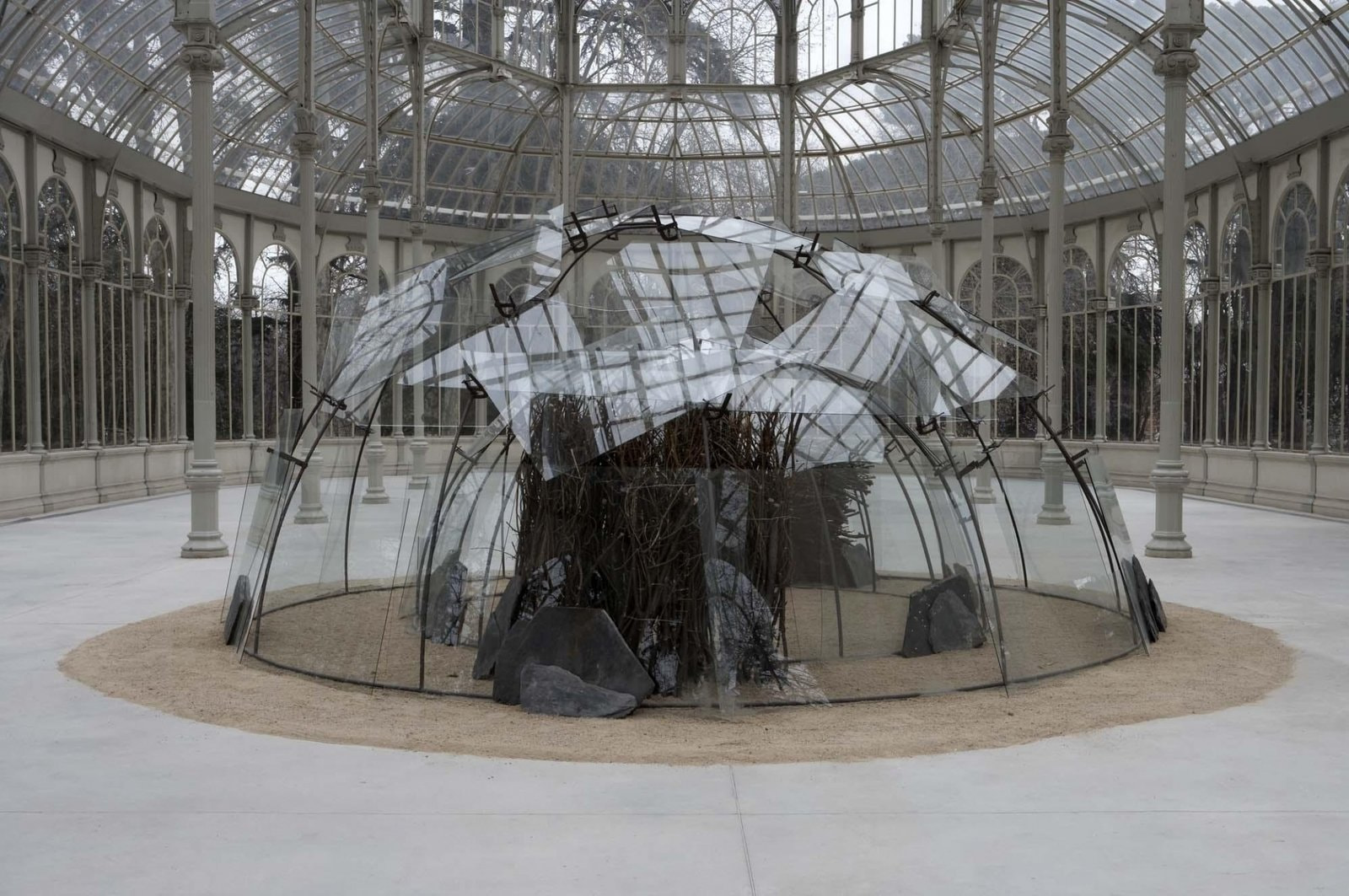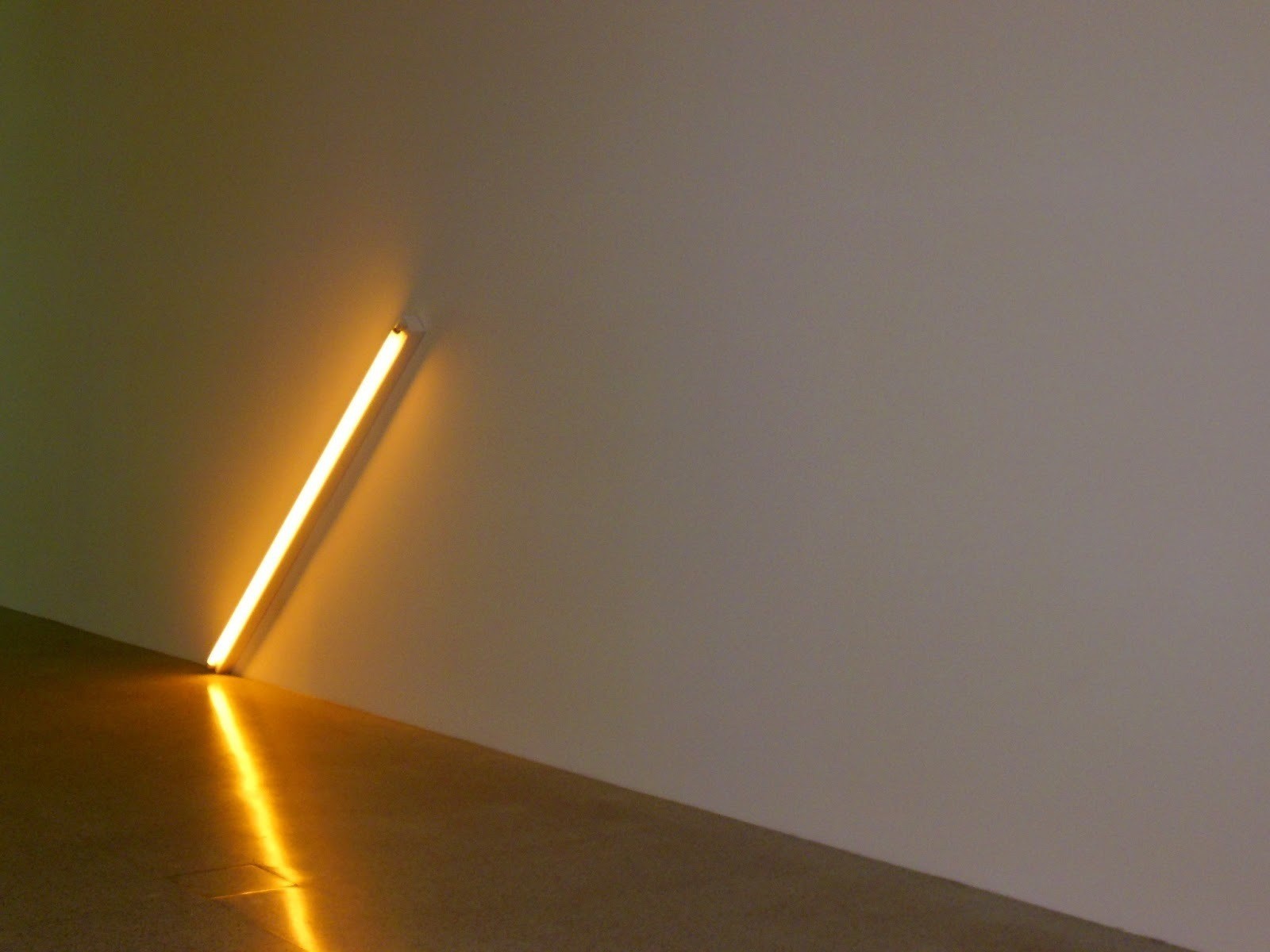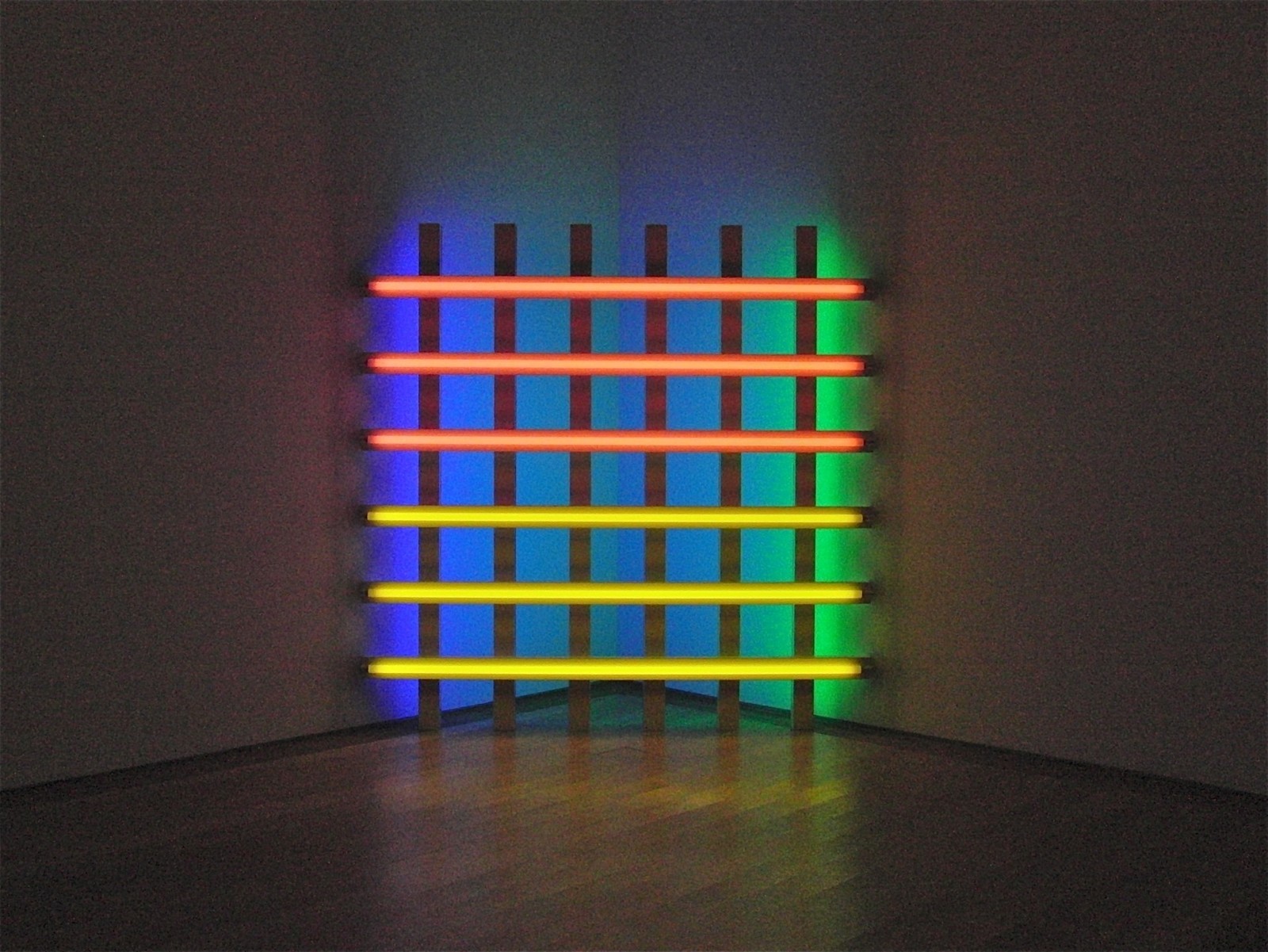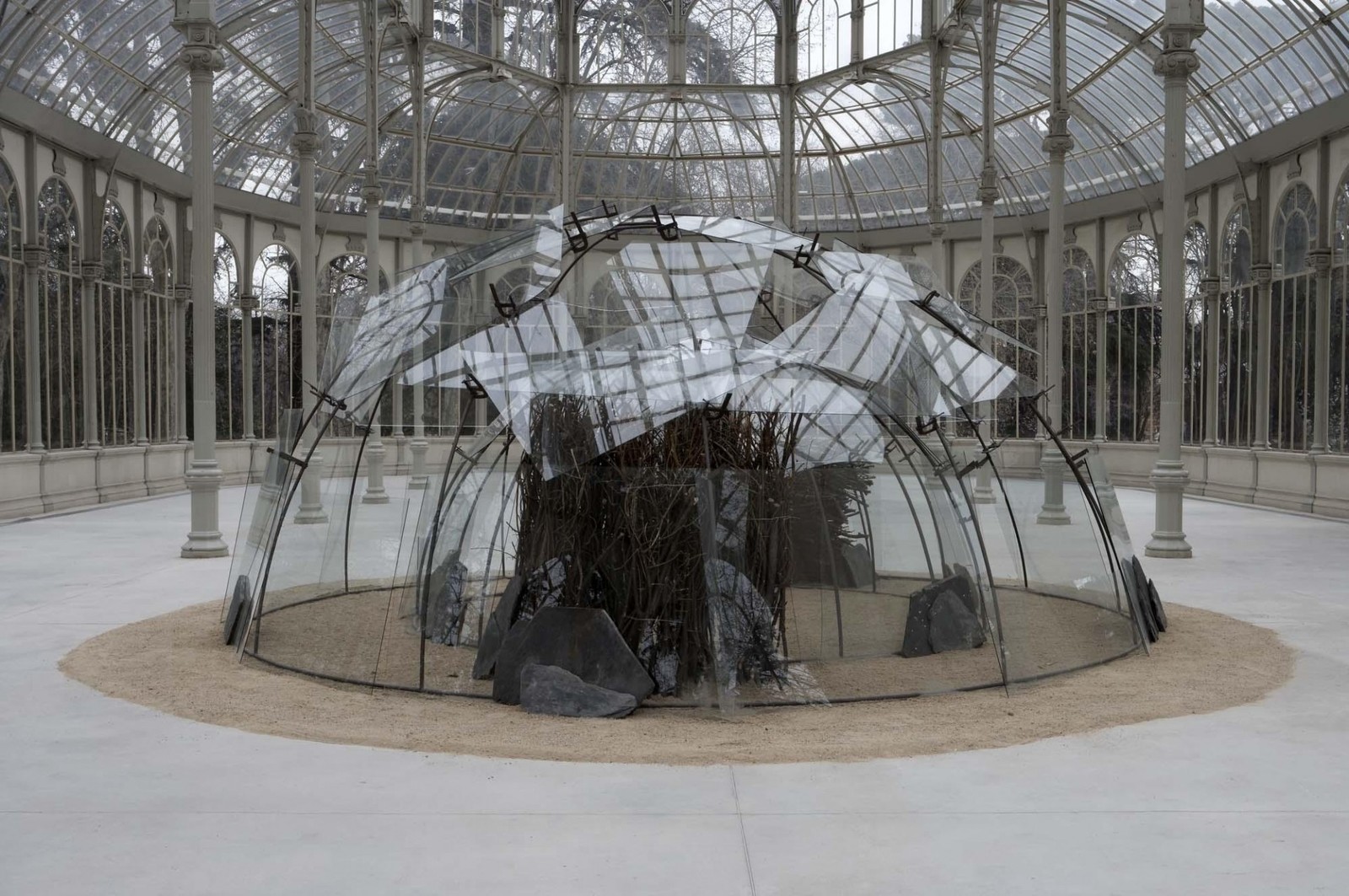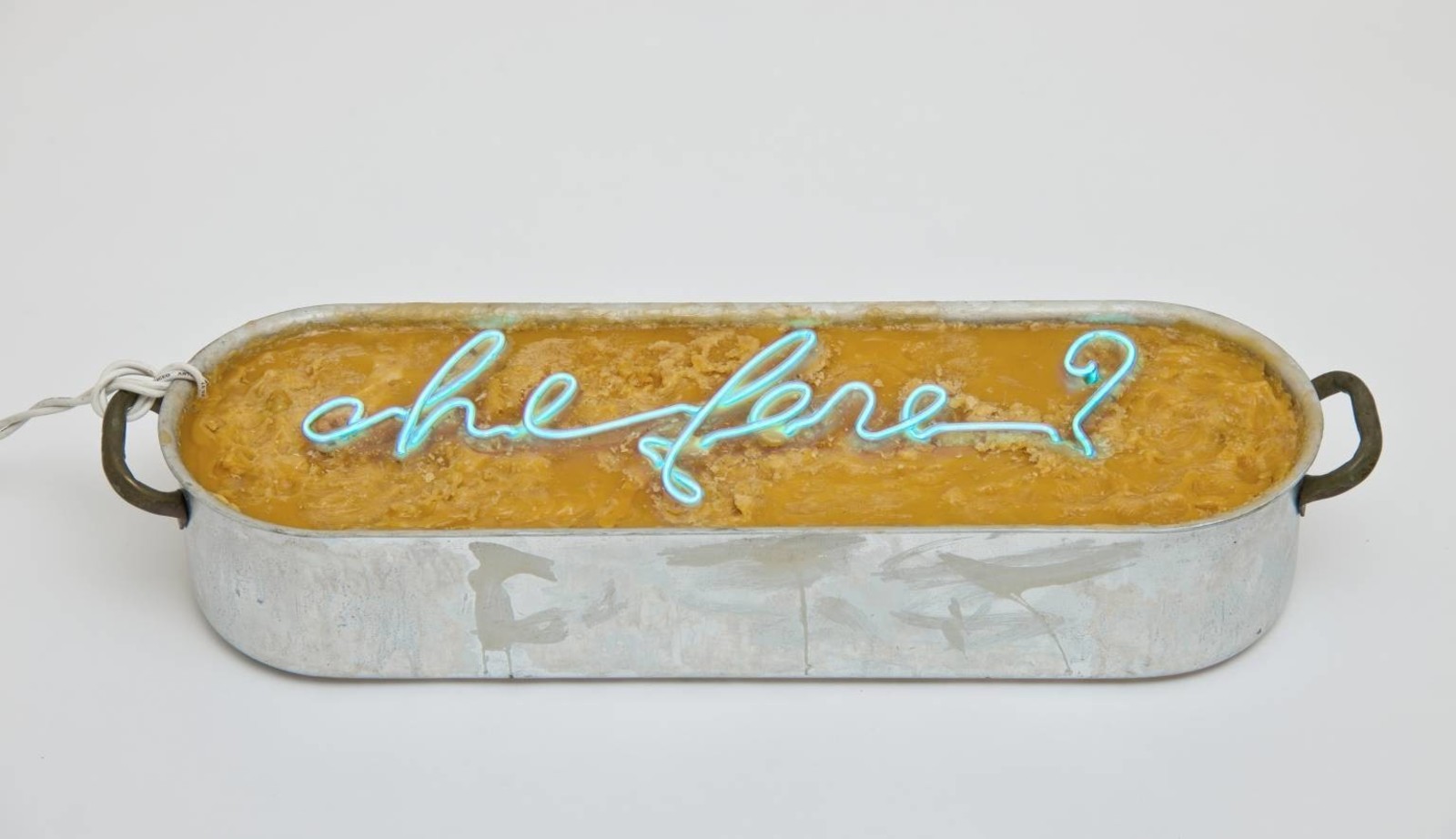Lecture by Irina Kulik
Lecture 3
March 18, 7:30 PM. Dan Flavin — Mario Merz
Minimalist artist Dan Flavin (1933–1996) is known for his sculptural objects and installations created from fluorescent tubes. He was the first artist to use the electric light as a complete sculptural element, and his elegant configurations explore the relationship between sculpture and space. The artist's works are often untitled, but are dedicated to family, friends, and artists whom he admired such as Picasso, Malevich and Cézanne.
A member of the Italian group of artists known as Arte Povera, Mario Merz (1925-2003) created his works from ‘poor’ materials like clay, glass, sticks, burlap, and neon tubes. Often, his structures reflect the idea of temporary housing, such as igloos, and he adapted their scale and materials according to the place in which the exhibition was held. For an exhibition in Australia, for example, he used eucalyptus leaves. His works often carry a subtle political message.
Entrance is free, space is limited, please arrive early
Irina Kulik (b. 1970) is an art critic, cultural studies expert, PhD, lecturer at the Institute of Contemporary Art (ICA Moscow), the author of numerous publications on contemporary art, cinema and modern music.
Images:
1. Dan Flavin
Diagonal, 1963
Fluorescent tube, 244 cm
Dia Art Foundation, New York
2. Dan Flavin
Untitled 3, 1977
Fluorescent lamps
3. Mario Merz
Igloo del Palacio de las Alhajas, 1998
Crystals, iron, silica, slate, sand, Veres
Centro de Arte Reina Sofia, Madrid
4. Mario Merz
Che Fare? (What Is To Be Done?), 1968–73
Aluminum, wax, neon lights, 12.5 x 66.8 x 19.1 cm
Tate, London
